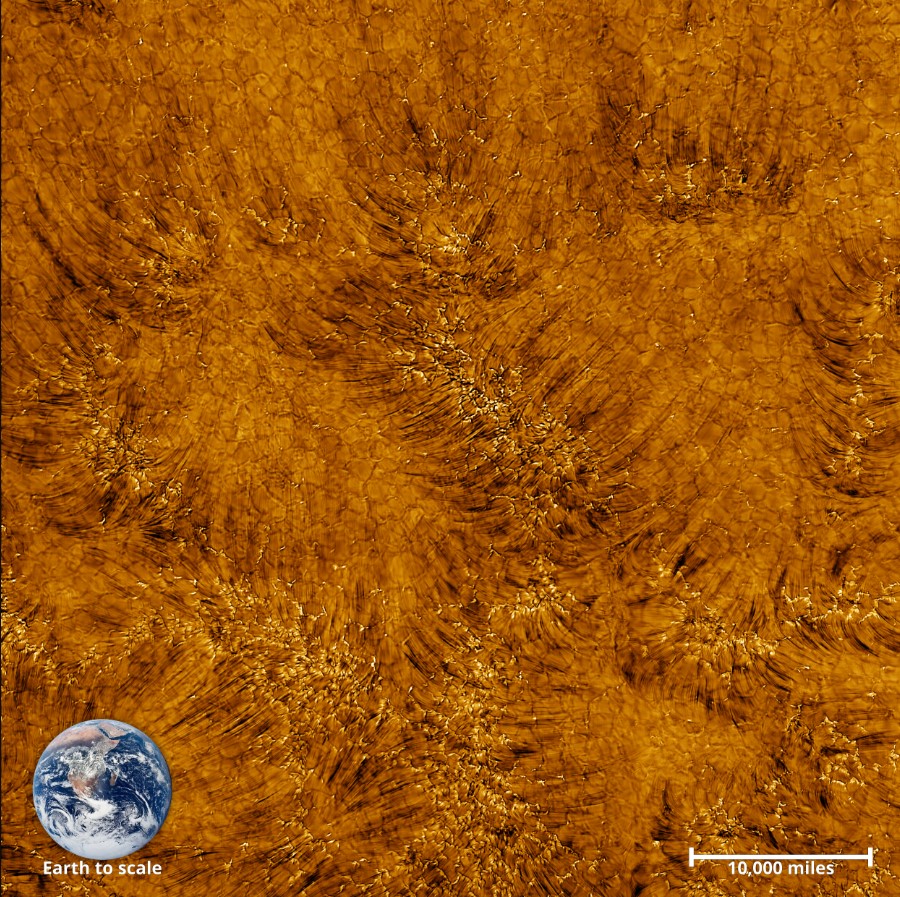The Sun is truly massive compared to Earth. In fact, it contains an incredible 99.86% of the entire solar system’s mass. With a diameter of approximately 1.4 million kilometers (864,400 miles), it’s about 109 times wider than Earth. If you lined up Earths side by side across the Sun’s surface, it would take 109 of them to match the Sun’s width. But this comparison only scratches the surface of the Sun’s immense scale.
Our Lifegiving Star
Our Sun, a yellow dwarf star, has been burning brightly for around 4.5 billion years. Sitting 150 million kilometers (93 million miles) away, it’s not just any star—it’s the only one in our solar system. This giant ball of hydrogen and helium is responsible for everything we see around us. Without its energy, life on Earth wouldn’t exist.
Though the Sun looks like a constant source of light and warmth in our sky, it’s a dynamic star that’s always changing. It constantly releases energy and influences the space around it. Scientists study this activity in a field called heliophysics, helping us understand how the Sun shapes our solar system.
The Gravity That Holds It All Together

The Sun’s gravity is so strong that it keeps the entire solar system in place. Every planet, moon, and even tiny fragments of space dust are held in orbit by its force. Despite its central role, the Sun is actually considered a medium-sized star. There are stars in the universe that are up to 100 times larger. By studying our Sun, scientists can learn more about the nature of other stars in distant solar systems.
The Sun’s Intense Heat
At its core, the Sun reaches extreme temperatures of around 15 million °C (27 million °F), where nuclear fusion turns hydrogen into helium, producing immense energy. The surface, or photosphere, is relatively cooler at about 5,500 °C (10,000 °F). But one of the Sun’s greatest mysteries lies in its outer atmosphere, the corona. Unlike most objects, the corona gets hotter the farther it is from the Sun’s surface, reaching up to 2 million °C (3.5 million °F). Scientists are still trying to understand this surprising phenomenon.
Our Nearest Stellar Neighbors
While the Sun feels like the only star we’ll ever encounter, it’s part of a much larger cosmic neighborhood. The nearest star system, Alpha Centauri, is about 4.24 light-years away. This system includes Proxima Centauri, a red dwarf star, and two stars similar to the Sun, Alpha Centauri A and B, which orbit each other. For context, one light-year is roughly 9.5 trillion kilometers (6 trillion miles).
So, How Many Earths Could Fit Inside the Sun?
The sheer scale of the Sun is truly mind-boggling: approximately 1.3 million Earths could fit inside its vast volume. To put that into perspective, imagine Earth, the planet that feels so immense to us, reduced to the size of a single sunspot. A sunspot, while still enormous compared to anything we experience on Earth, is considered a small feature on the Sun’s surface. Now, multiply that image over a million times—this is how many Earths could comfortably fit within the Sun’s massive expanse.











